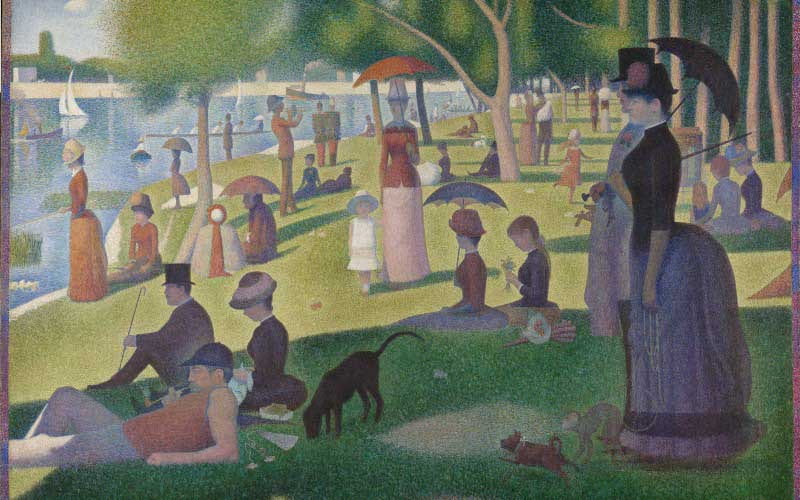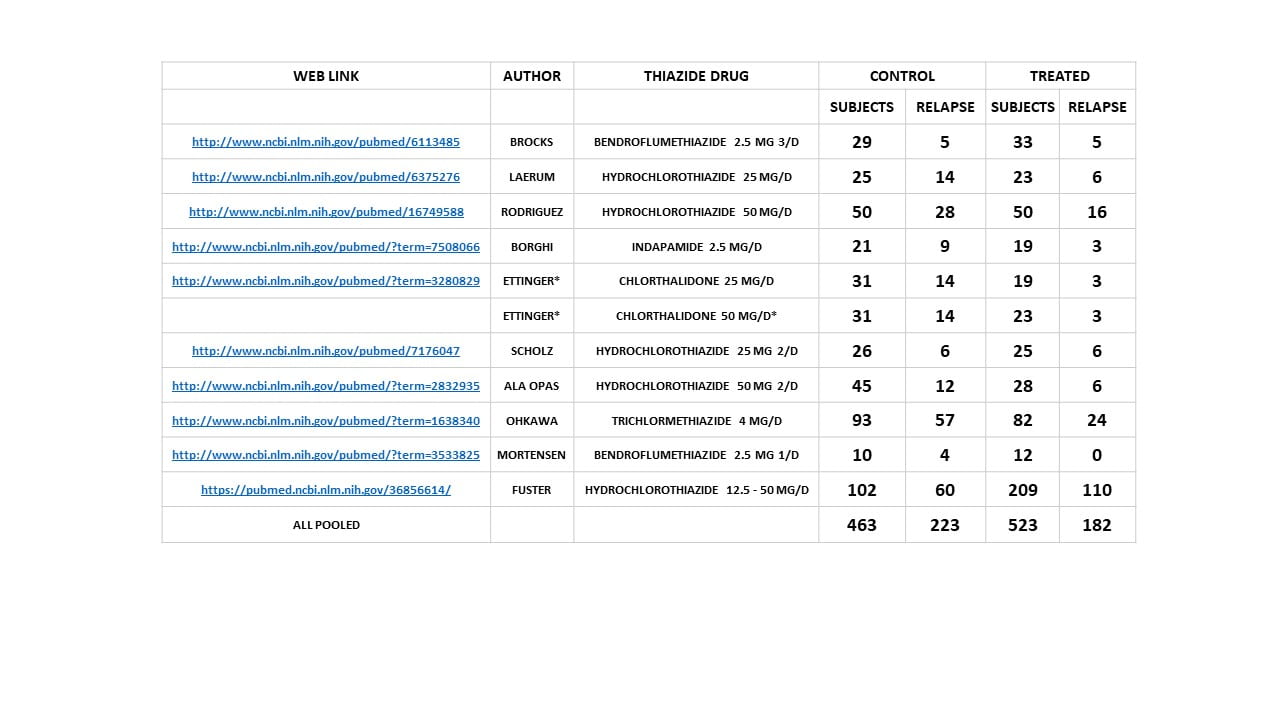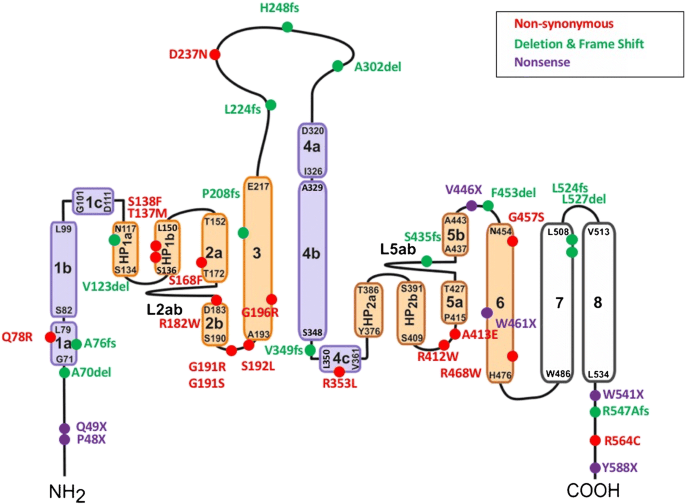
The Kidney Stone website has resources for all audiences seeking to understand the truly complex nature of stone disease and its prevention. We include detailed materials, including videos, the kidney stone guide book, case examples, and more. If you have personal experience with the disease or want to ask questions or our team, you can also pose questions through the contact feature.
Interested in learning more? Please join our mailing list!
Video Collection
A growing number of articles have videos that take you through the difficulties of the medicine and science. People seem to like them a lot, and I think they make it easier to understand the trulv complex nature of stone disease and its prevention. The collected videos range widelv from article based to long form presentations about major problems in stone disease. It is the fastest growing part of the site.
Kidney Stone Guide Book
The kidney stone guidebook has links to everything on the site. It contains personalized prevention, specific types of stones, meal plans, and more. Broken down into articles by chapter and articles by topic, you can explore or search depending on your familiarity and needs.
NEW BOOK! I have written a brief book about how kidneys transform our fluid and diet habits into stone forming urine in the course of their normal life preserving functioning. It is a free PDF. Help yourselves.
News
BRUSHITE STONE DISEASE
The magnificent painting (oil on oak panel) by Hieronymus Bosch ("The Extraction of the Stone of Madness"), created between 1501-1505), dwells in the Museo del Prado since 1839, and has a provenance unbroken from its first owner, Philip of Burgundy, Bishop of Utrecht....
THE NEW THIAZIDE TRIAL
I picture a younger me on this article because the long line of thiazide trials stretches back decades in time to when I looked just like the photograph. The large picture that heads this article depicts my spreadsheet of all of the trials I have reviewed, and this...
PHOSPHATE FOR CALCIUM KIDNEY STONE PREVENTION
Long ago, physicians gave calcium kidney stone formers oral phosphate supplements to reduce urine calcium and kidney stone production. But trials were small and informal, so when a single and excellent trial showed lack of benefit our generation left phosphate by the...



